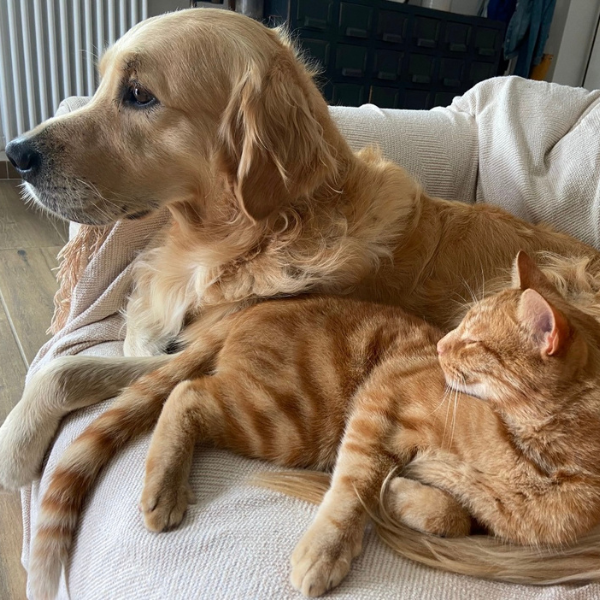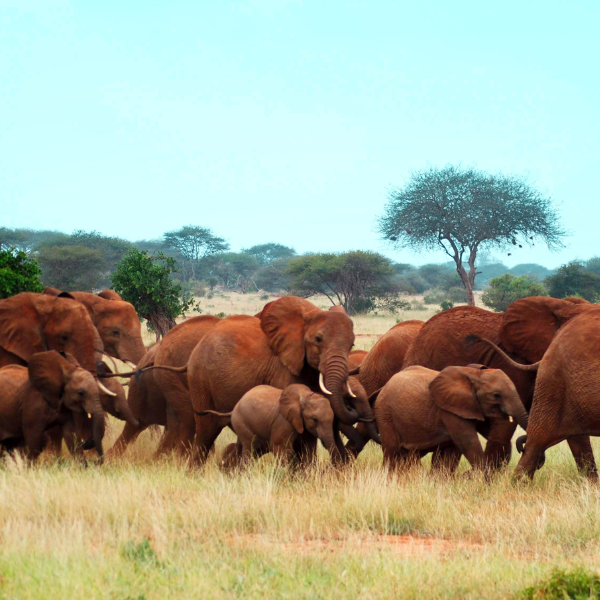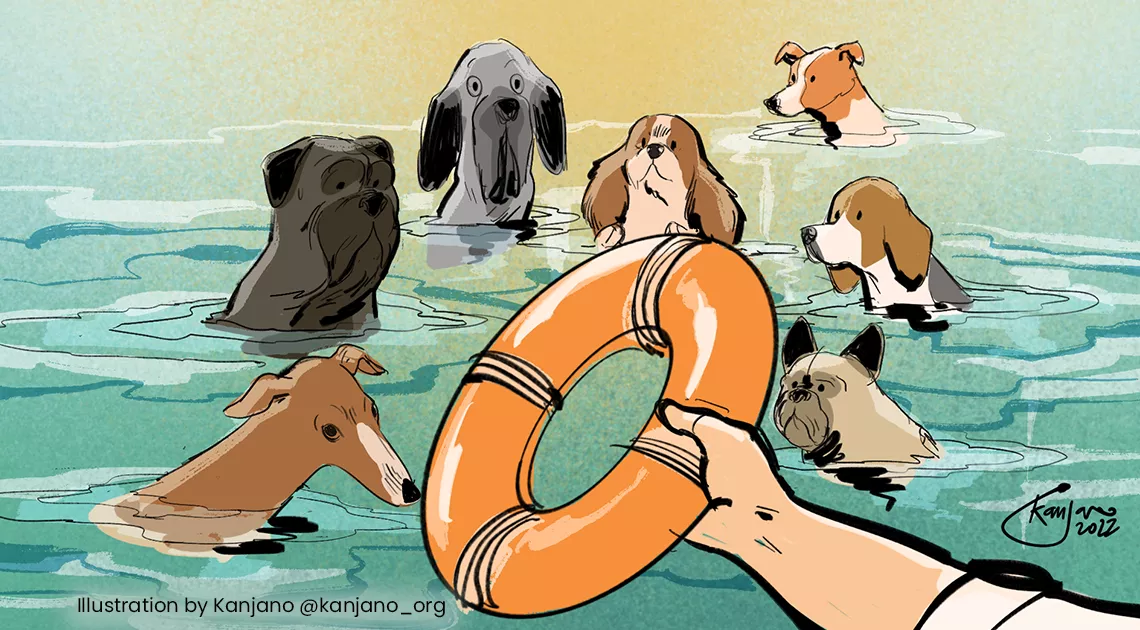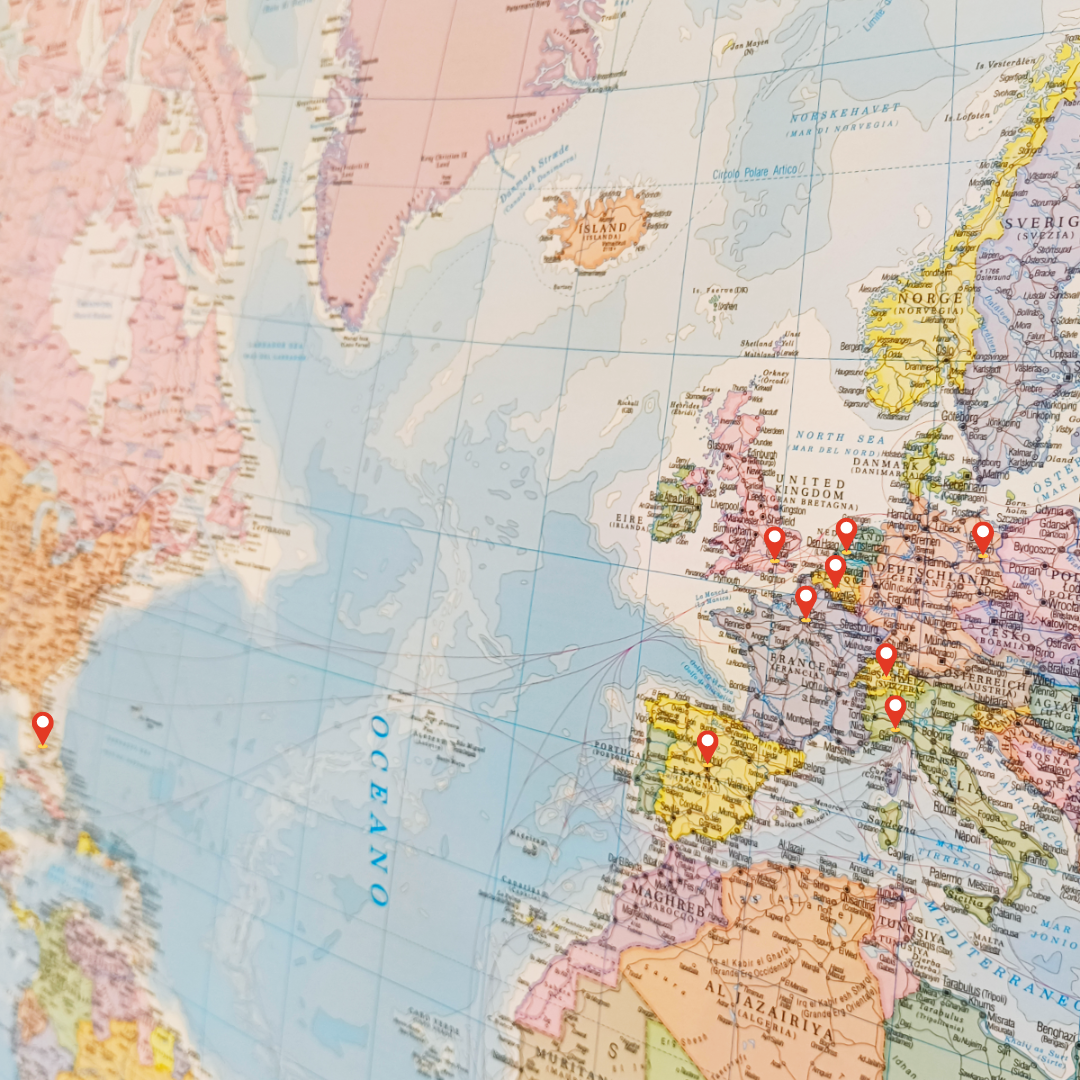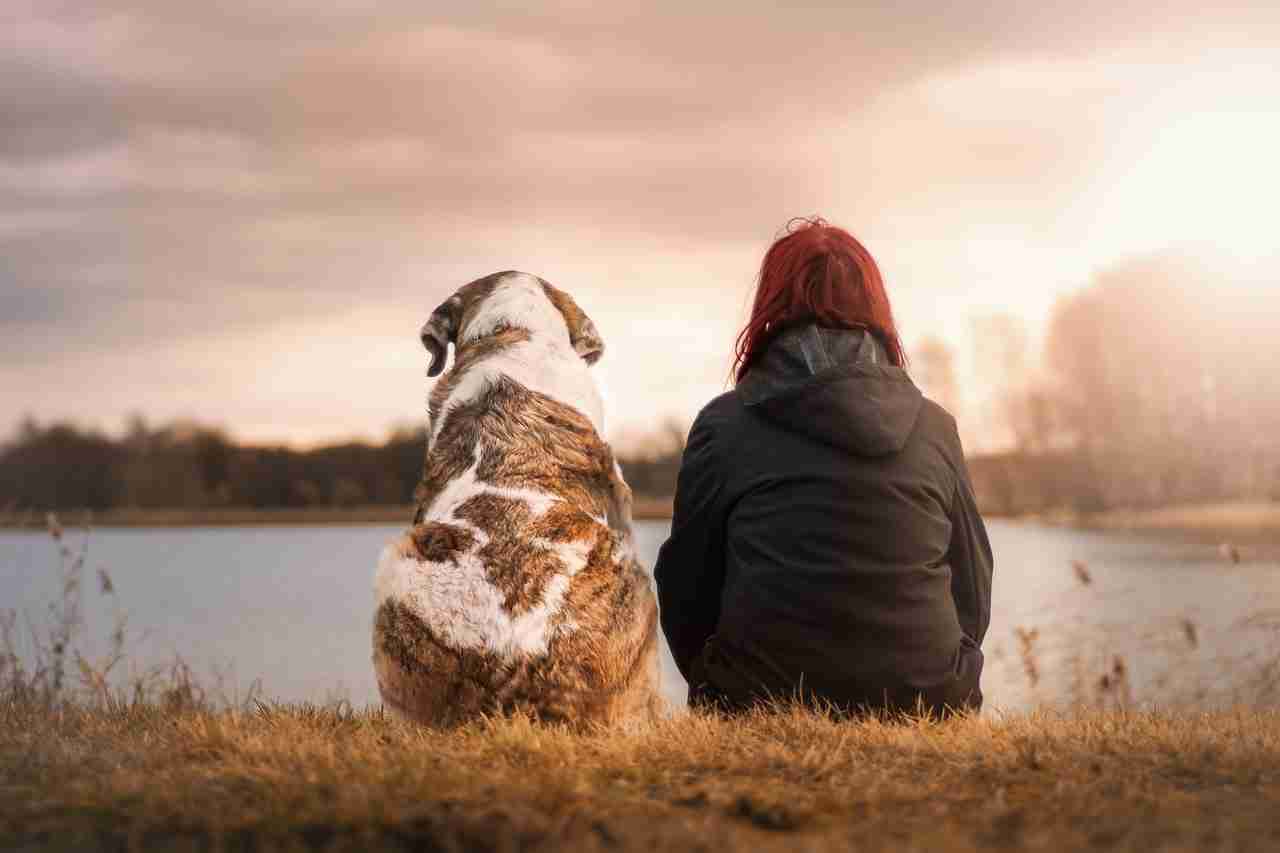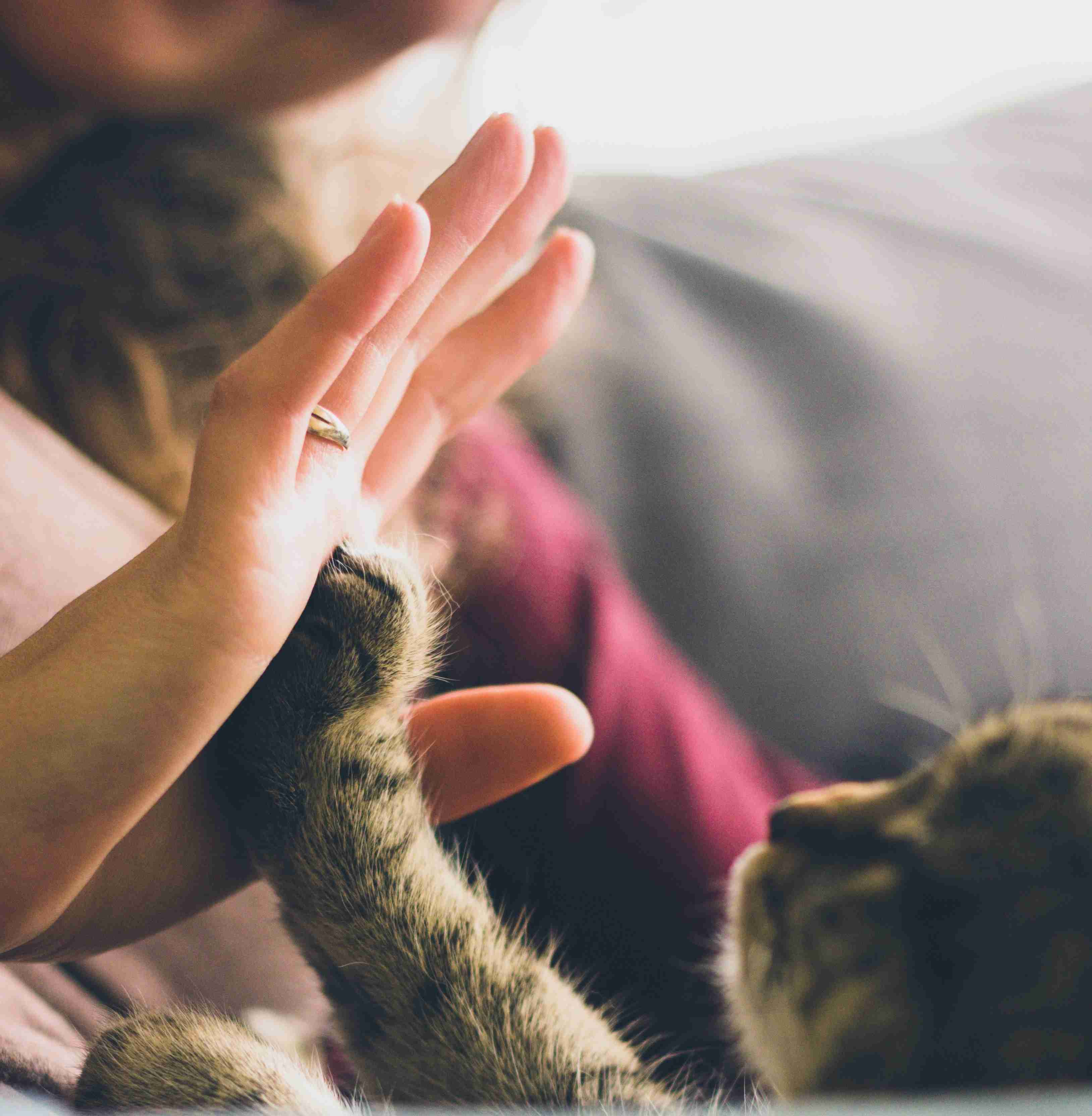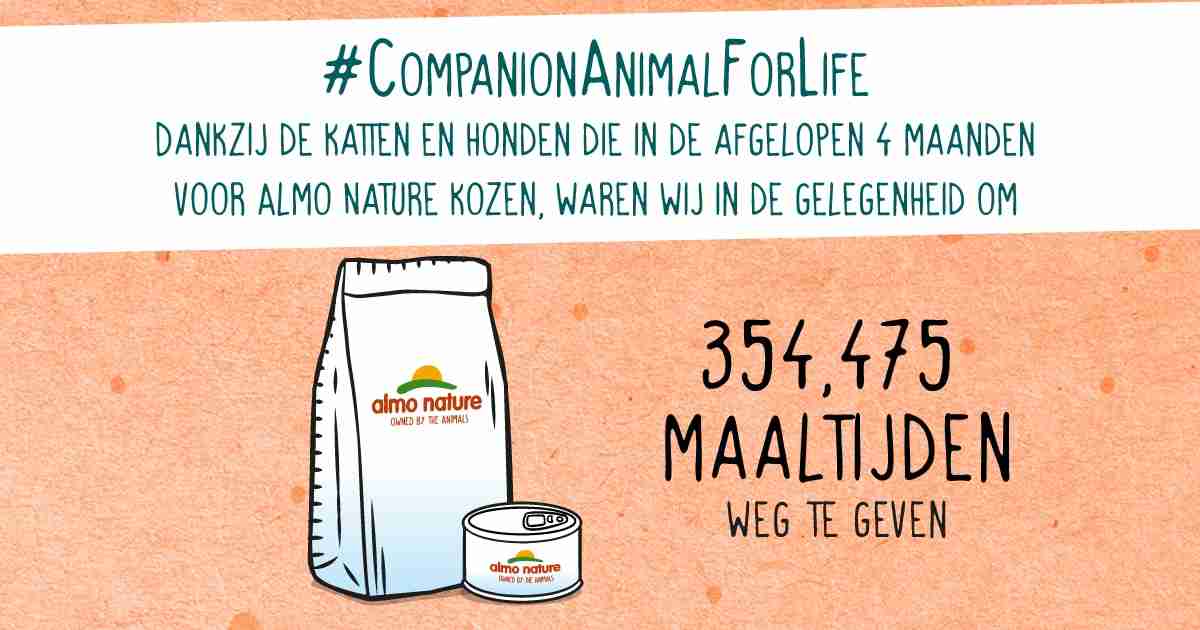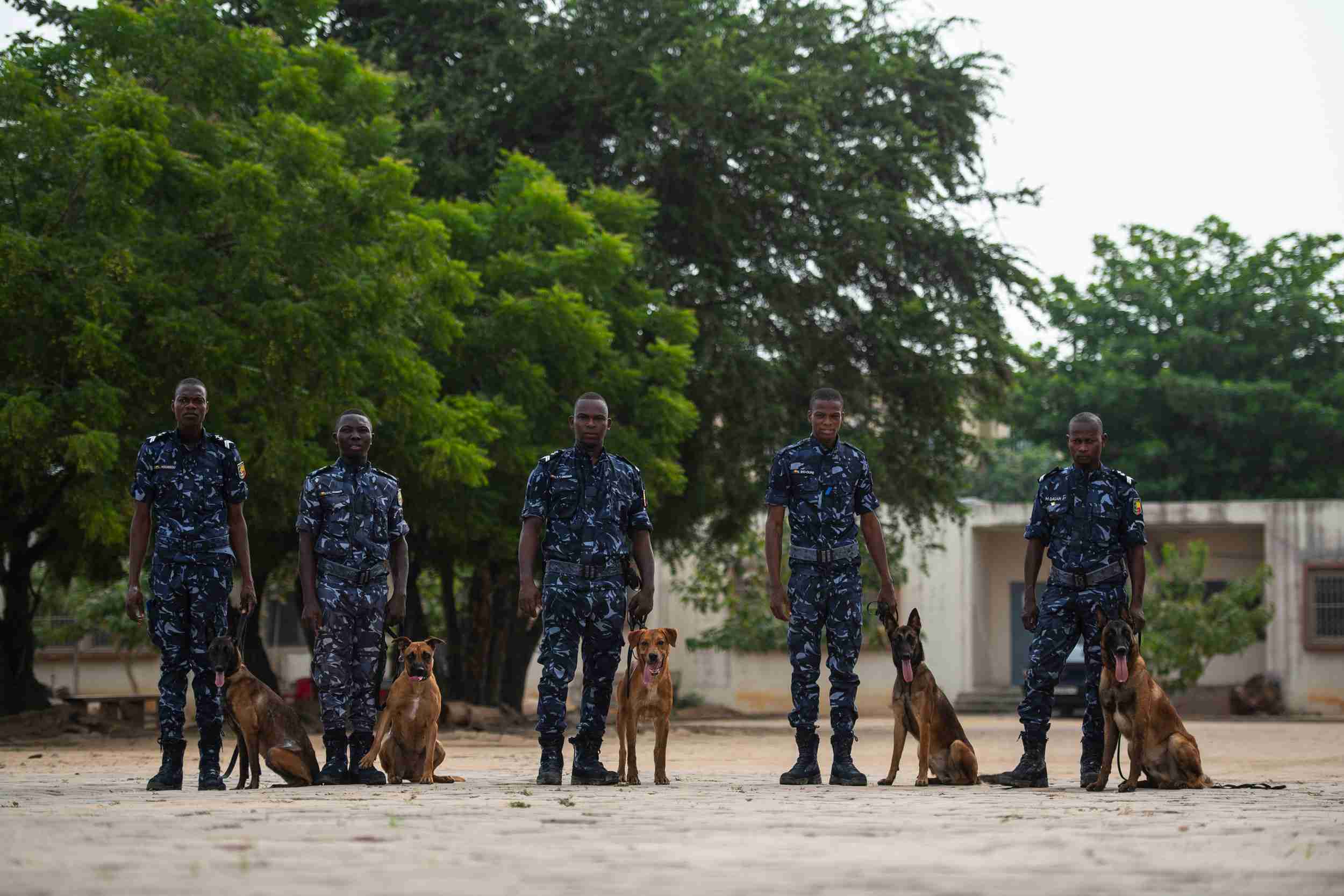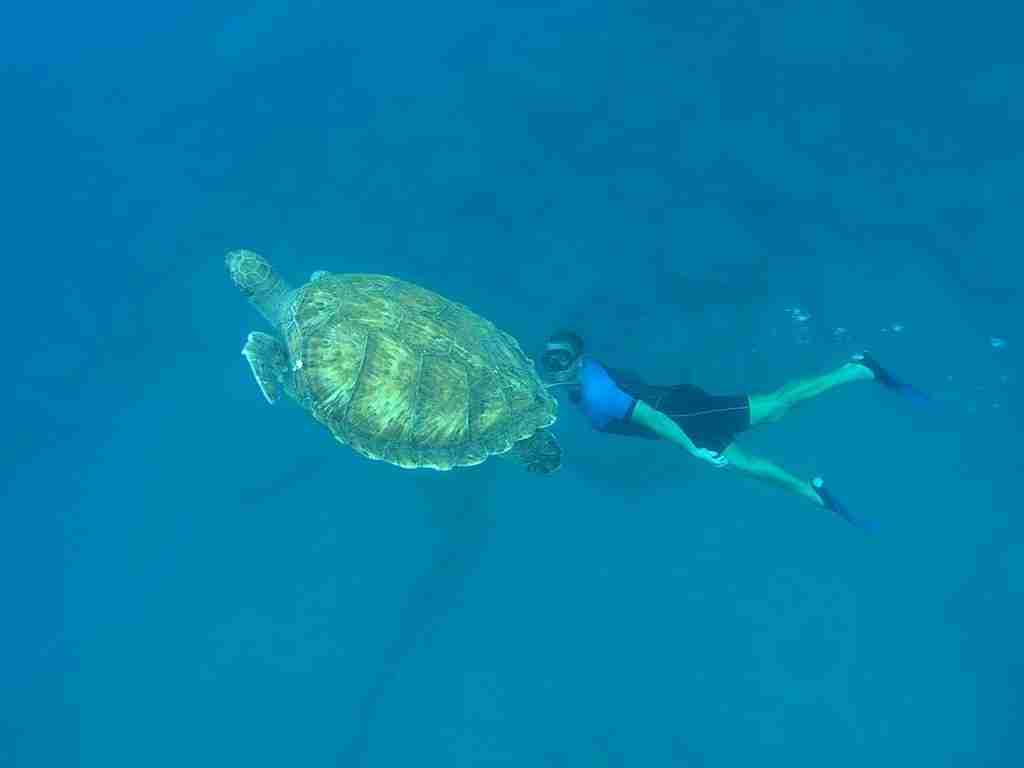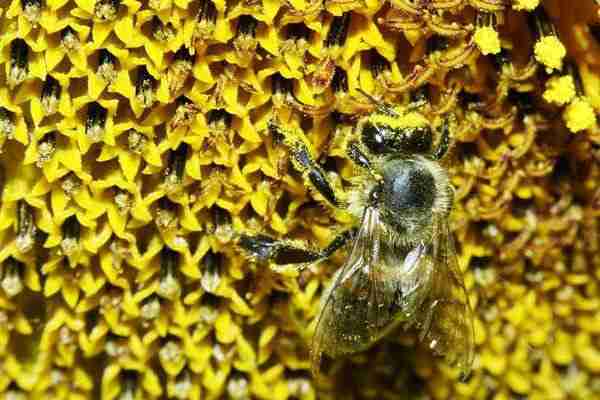The first fruits of the agroforest
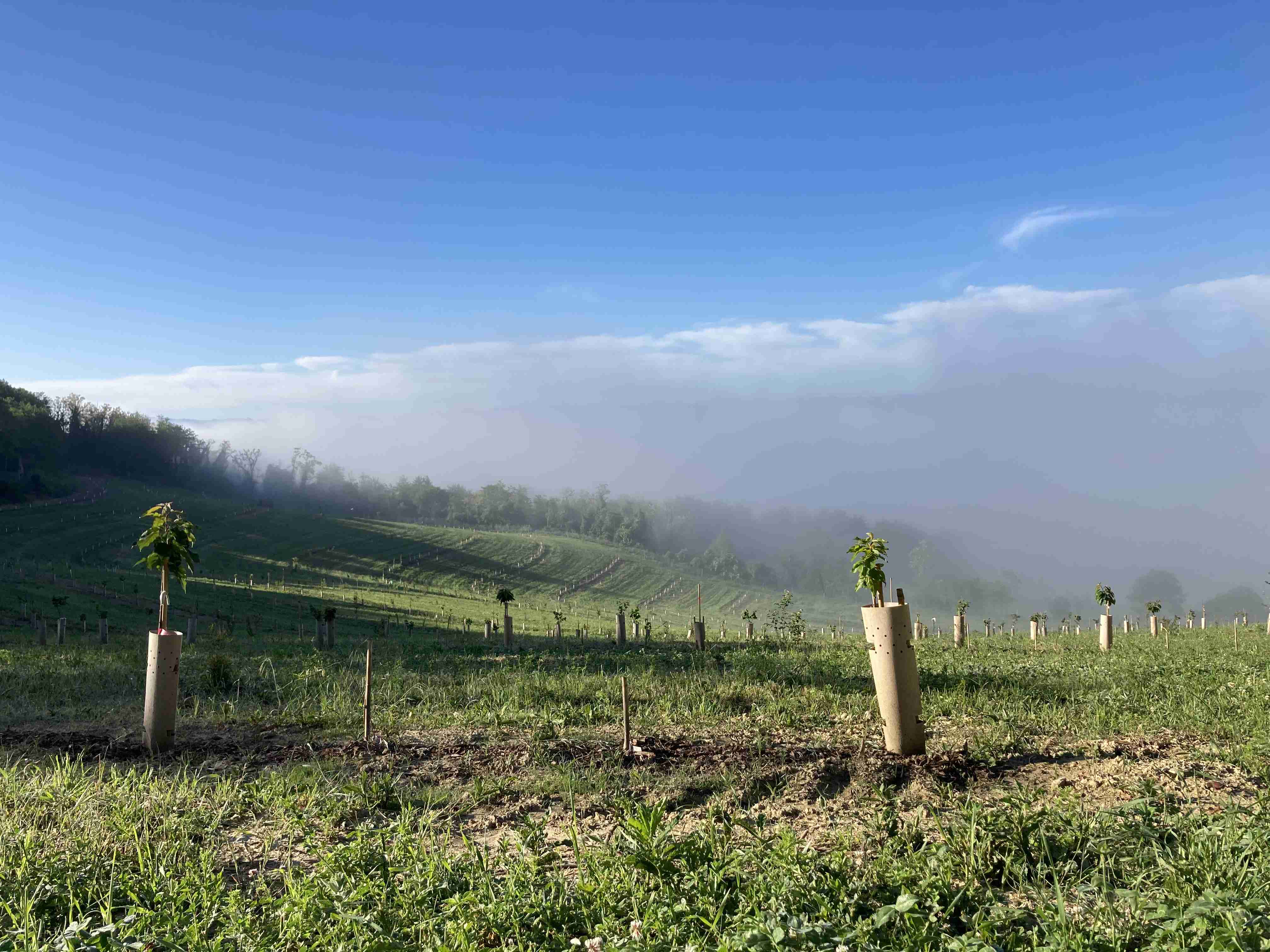
Where has our search for a form of sustainability with a taste of the ancient, but combined with the most advanced scientific-technological knowledge led us? To a large and fragrant garden: the syntropic agroforest of Villa Fortuna. At this marvellous creation, in the countryside of San Salvatore Monferrato (in the province of Alessandria), we have been working incessantly since last February, and we can proudly say that today our efforts have given the first, exciting results: 2,198 trees among them fruit trees, shrubs and forestry which stand out on a ridge of hills from which every sign of previous human activity has been laboriously cancelled out. Light and colour fill our green spaces: a sight that instils in us even more strength to face the challenges of our project.
Creating an agroforest means making room for nature by restoring a balanced ecosystem where it had been weakened or broken down. We are well aware that traditional agriculture aims at a short-sighted exploitation of resources (which in no time at all impoverishes the soil resulting in a decrease in productivity), while
syntropic agriculture - after a naturally slower and more complex preparation - guarantees increasing yields, with progressive regeneration of the land.
The philosophy is precisely this: to develop a system that over the years will tend to become autonomous, resisting plant diseases, providing itself with its own fertilizer and - with a minimum of management by the farmer - its own irrigation. Thanks to this system, degraded soil can be rehabilitated, fully regaining its original characteristics. Nature would work very well if man learned to adapt to its rules: despite the fact that human action has often caused significant damage, it is nevertheless possible to remedy the deterioration by engaging in regeneration projects such as those we are experiencing at Villa Fortuna.
When regeneration started to take place, we could see all forms of life return to thrive, from bees to ladybirds, from snails to earthworms, teaching us how to live together with biodiversity. The agroforestry field is gradually becoming populated with insects that are both beneficial like pollinators (bees, wasps and most butterflies), and antagonistic, like the Asian cimicid (stink bugs), aphids, the cabbageworm moth, that threaten the crops and could harm our plants. Nature itself teaches us that an ecosystem balance can be guaranteed without harming a single creature. Our entire team is actively and diligently engaged in research to help our plants grow healthily with natural treatments that do not damage the environment.
Although spring was delayed this year, and the stop caused by the sudden frost in April forced us to postpone some transplanting, we have been able to resew all the summer vegetables. The sensors that measure soil and air humidity, showing us when irrigation is needed and the necessary timing required, have arrived and reinforce our research. Using technology for environmental sustainability is one of our objectives.
Our efforts to redevelop the Villa Fortuna estate are also intended to demonstrate that agro-forestry is indeed the agriculture of the future, not only in terms of sustainability but also in terms of productivity for the long term. In contrast to intensive monoculture farming, the extreme variety of species and their consociations are the key to a higher yield, since the principles of this innovative form of agriculture, codified in Brazil less than half a century ago, are dictated by nature itself, shaped by its rhythms and by the vegetative and ecological succession of its species.
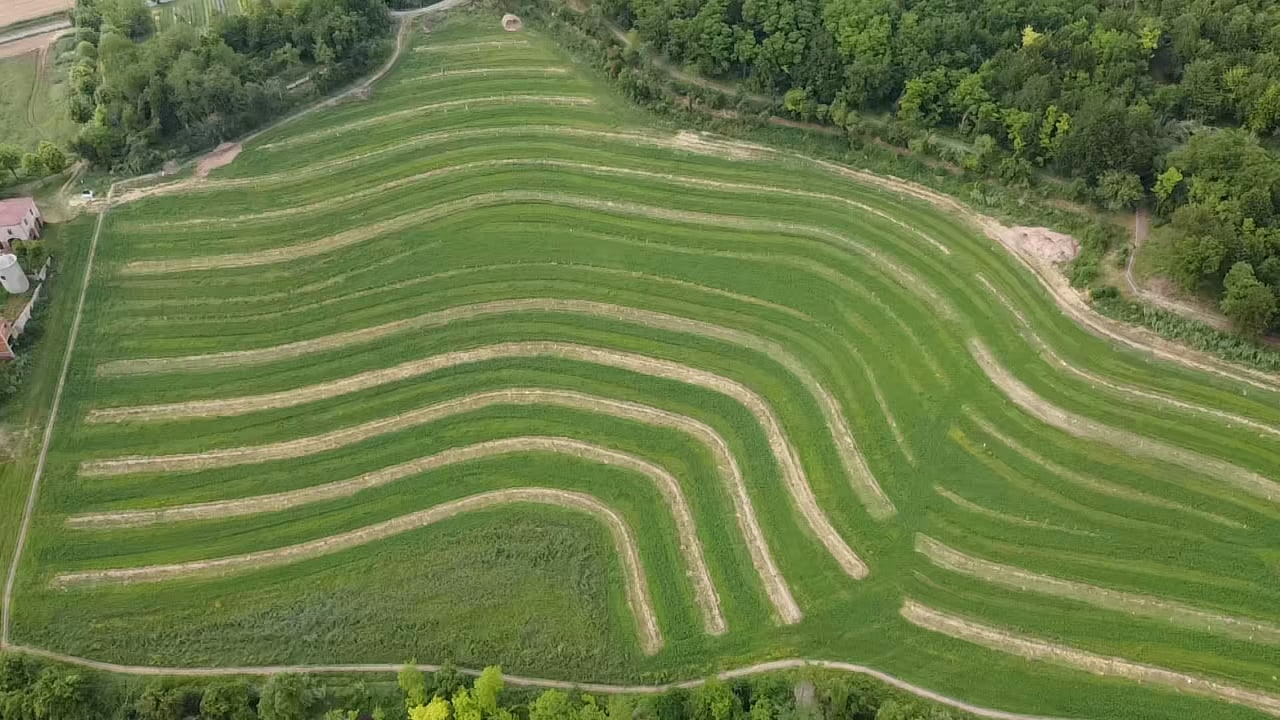
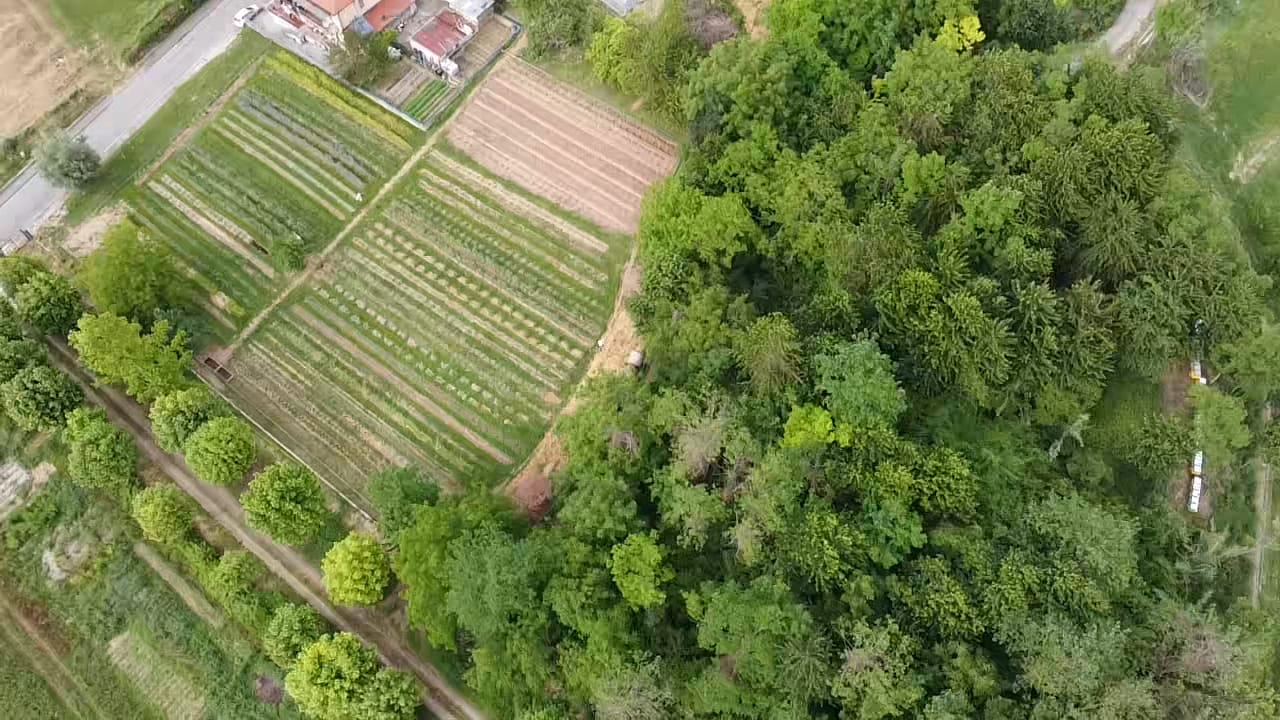
Technology at the service of science
Among the technological items that we decided to implement, and currently use, are camera traps: the forest is subject to continuous monitoring and we are considering increasing the forest areas to create "ecological corridors" for wildlife. The first surprises come from images captured during the night:
There is no progress without sociality and exchange of skills
The focus on social is one of the fundamental aspects of the Regenerating Villa Fortuna project. In collaboration with the APS Cambalache in Alexandria we have housed several asylum seekers and refugees. We welcome the latest guest who joined the project: Rubel, a young Bangladeshi beekeeping enthusiast who takes care of some of the hives in our green spaces. Rubel had the opportunity to study the subject in Italy, participating in the social beekeeping project Bee My Job designed by Cambalache, and decided to set up his own thanks to a further project, financed by the prime ministry using the eight per thousand fund for the year 2016 whereby Italian tax payers devolve a compulsory 8‰ = 0.8% (eight per thousand) from their annual income tax to schemes run by the Italian state.
We are convinced of how hugely important the exchange of skills and the intertwining of cultures with a common purpose are to enriching our team and offering them further teaching.
This too is Reintegration Economy!

